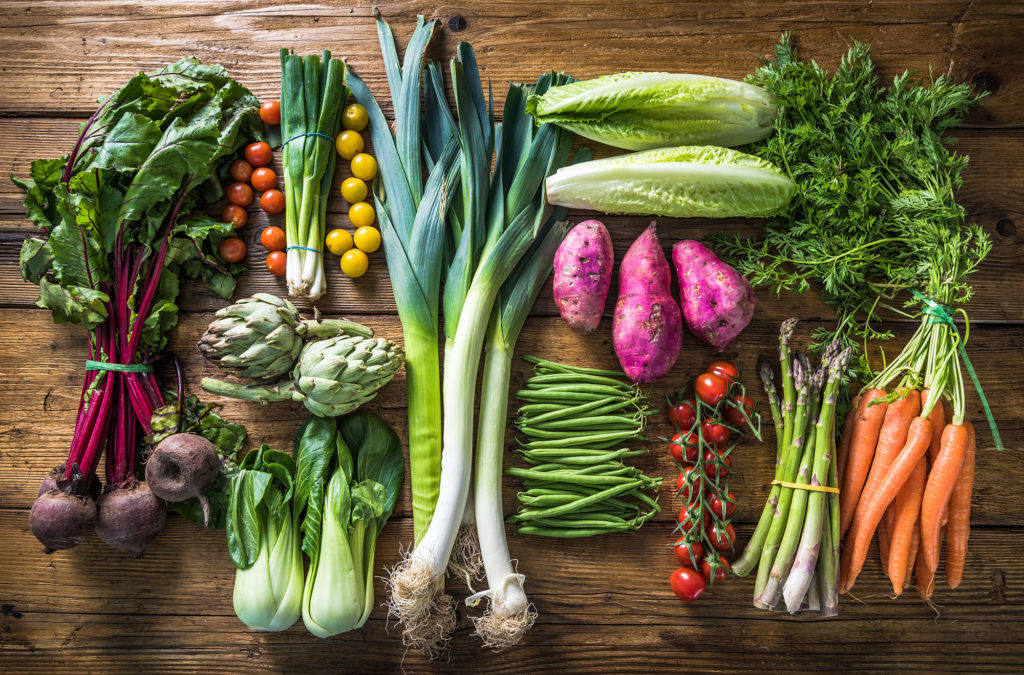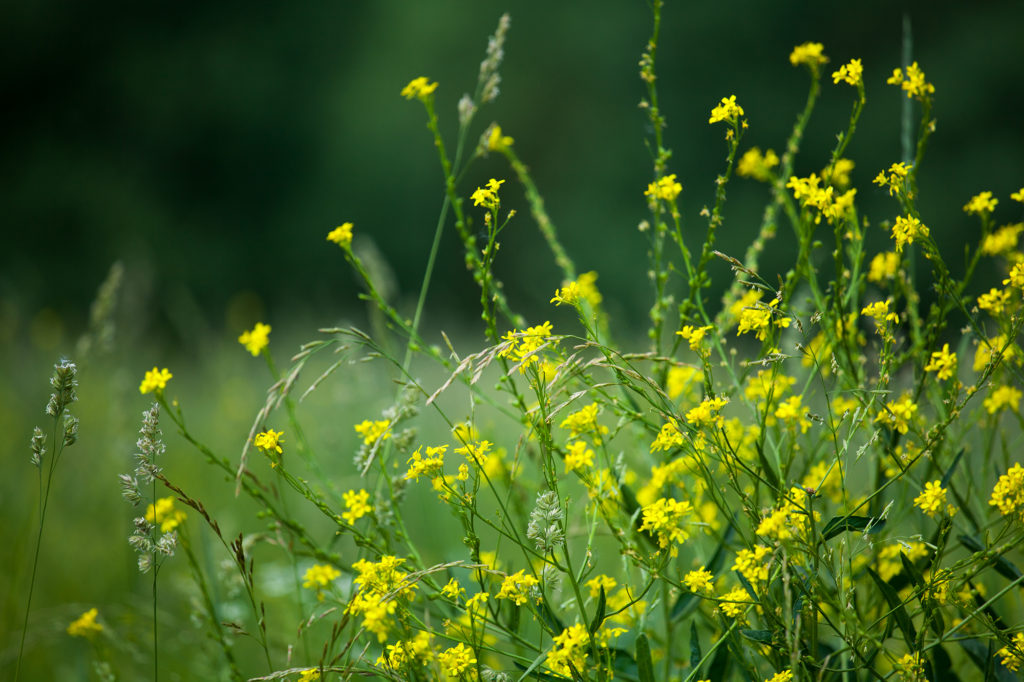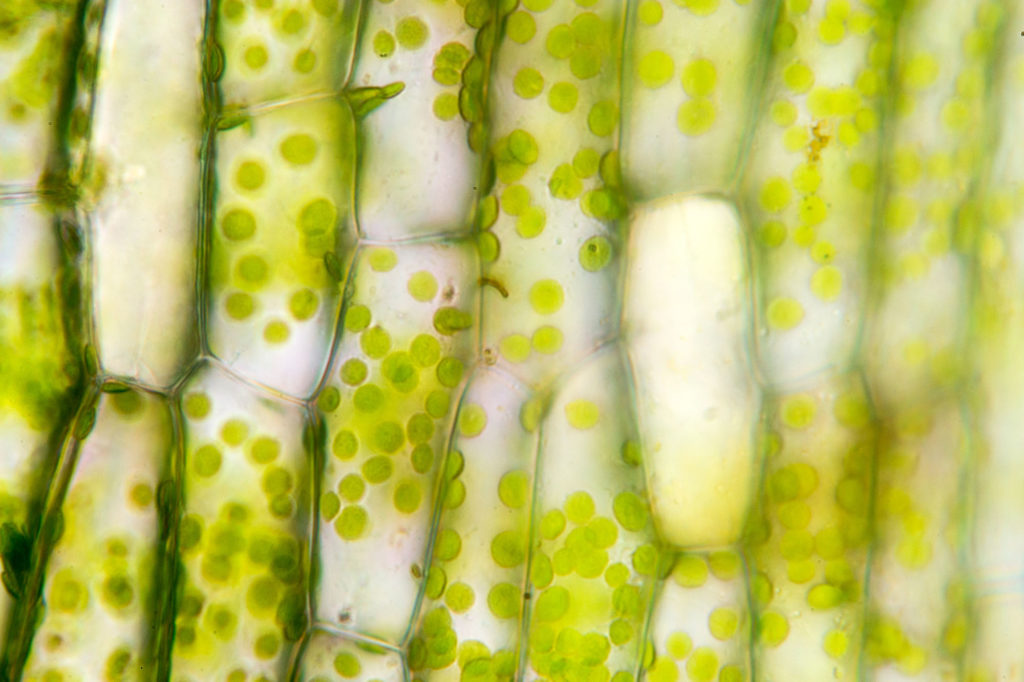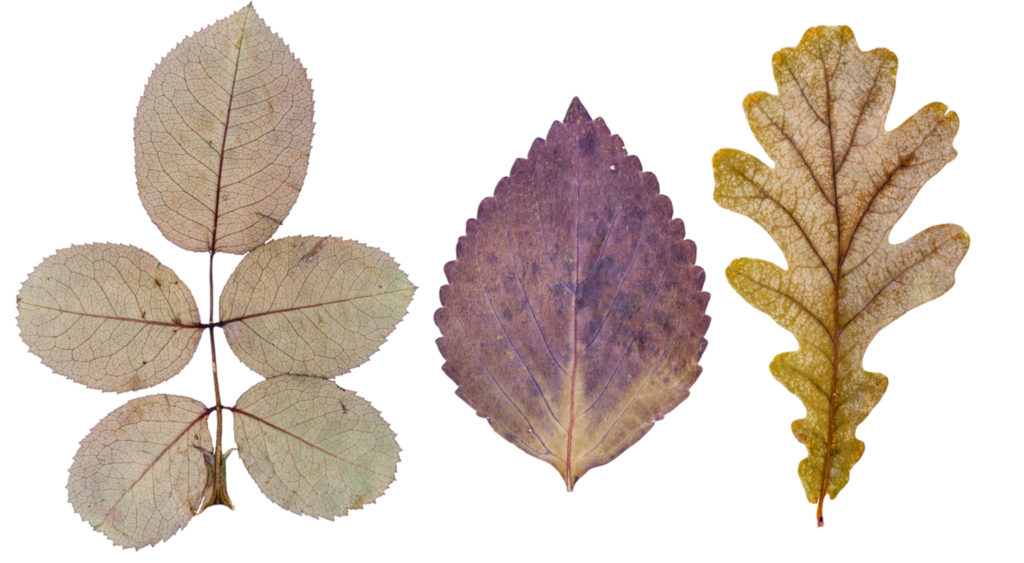
Leaves Photosynthesis & Gas Exchange


Leaves Objectives:
- Describe plant structures that we consume, including the vegetables developed from Brassica oleracea.
- Provide the characteristics of leaves, including the structures involved in gas exchange and photosynthesis.
- Collect, press, identify, and label a leaf.
Our species must eat other organisms to survive, and that includes eating various parts of plants. This section begins with an overview of vegetables and than focuses in on leaves. The next section examines stems & roots.

From the last guide, which of the foods in this photo are not vegetables?
answer: tomatoes & beans
(fruit)

Vegetables are derived from specific leaves, stems, or roots that have been bred over generations to improve size, taste, and nutrient quality.


Leaf

Stem

Root
Brassica vegetables
Several vegetables have been developed from a single species: Brassica oleraceae, the wild cabbage. Selective breeding of parent plants with desired traits over many generations led to larger leaves, or buds, or stems.

This video compares some of the Brassica oleracea vegetables.
Varieties bred from the wild cabbage species include: cabbage (leaf), kale (leaf), broccoli (flower buds), cauliflower (flower buds), and Brussels sprouts (axial buds).


Leaves
From your background knowledge, what process (besides transpiration) typically occurs within leaves?
Photosynthesis is carried out by most producers, and respiration is carried out in some form by all organisms.
Plants, algae, and some bacteria convert sunlight energy into sugar molecular energy. When organisms (including plants themselves) break down these sugars, the energy is converted to heat.
Energy is flowing through the system: entering as sunlight, traveling as sugar, and being lost as heat.

This video illustrates the movement of molecules in a plant related to the process of photosynthesis.
Plants are not the only organisms carrying out photosynthesis. What are two other types of organisms that can photosynthesize?
We will have more on photosynthesis in upcoming Guides, starting with 5A.

The common green color of leaf vegetables is due to chlorophyll pigments that absorb light for photosynthesis.
Chlorophyll is found in chloroplasts, they are the green spheres within the cells in this photo (400x magnification).
Plant cells have distinctive structures and functions. This video provides an overview of common plant cells found in leaves, stems, and roots.
Leaves are comprised or tissues, groups of cells that have related functions.
This poster shows the microscopic views that match the model in the previous video.
These Tradescantia plants are commonly used as houseplants, and they have distinctive characteristics.
What structures are visible on the bottom of these Tradescantia leaves? Thinking about transpiration and photosynthesis, what gas leaves in transpiration? What gas enters for photosynthesis? What gas leaves?
A. water vapor; carbon dioxide; oxygen
For this guide’s media piece, you will be collecting, pressing, describing, and tentatively identifying a leaf. The next series of videos provide background, and then we will go over the assignment.
Leaves can have distinctive shapes and arrangement on twigs (stems).
Leaf vessel patterns, also called venation, vary as can be used in identification.
Leaves of Douglas Spirea are distinctive and can be used in identification even if the shrub is out of flower or displaced from its natural habitat.
You will be pressing a leaf for the next journal assignment. This video demonstrates that you do not need fancy equipment.
Start this Guide’s media assignment here
Pressed Leaf
Collect a leaf, press it, and mount it on a piece of paper with glue or tape. Identify the leaf based on its characteristics using one of the available online leaf keys. Available websites include:
https://gobotany.nativeplanttrust.org/simple/
https://www.nhm.ac.uk/content/dam/nhmwww/take-part/identify-nature/tree-identification-key.pdf

Include this information on your leaf page:
-
tentative identification of plant the leaf came from.
-
the structures you used to make the identification (for example: leaf shape, venation. etc.)
- the location where you found the leaf.
- the date of collection.
- collected by (your name)
- any additional notes you may have, like your pressing process.
If you can’t get outdoors, you can also use a leaf from a house plant or a vegetable, like celery or lettuce.
Use caution if you collect outdoors; travel with a friend, be aware of your surroundings, avoid hazardous situations and restricted locations, and minimize impact on organisms and their environment.
The next section moves to stems and roots, as well as ways plants defend themselves.

Check your knowledge. Can you:
- Describe plant structures that we consume, including the vegetables developed from Brassica oleracea?
- Provide the characteristics of leaves, including the structures involved in gas exchange and photosynthesis?
- Collect, press, identify, and label a leaf?



